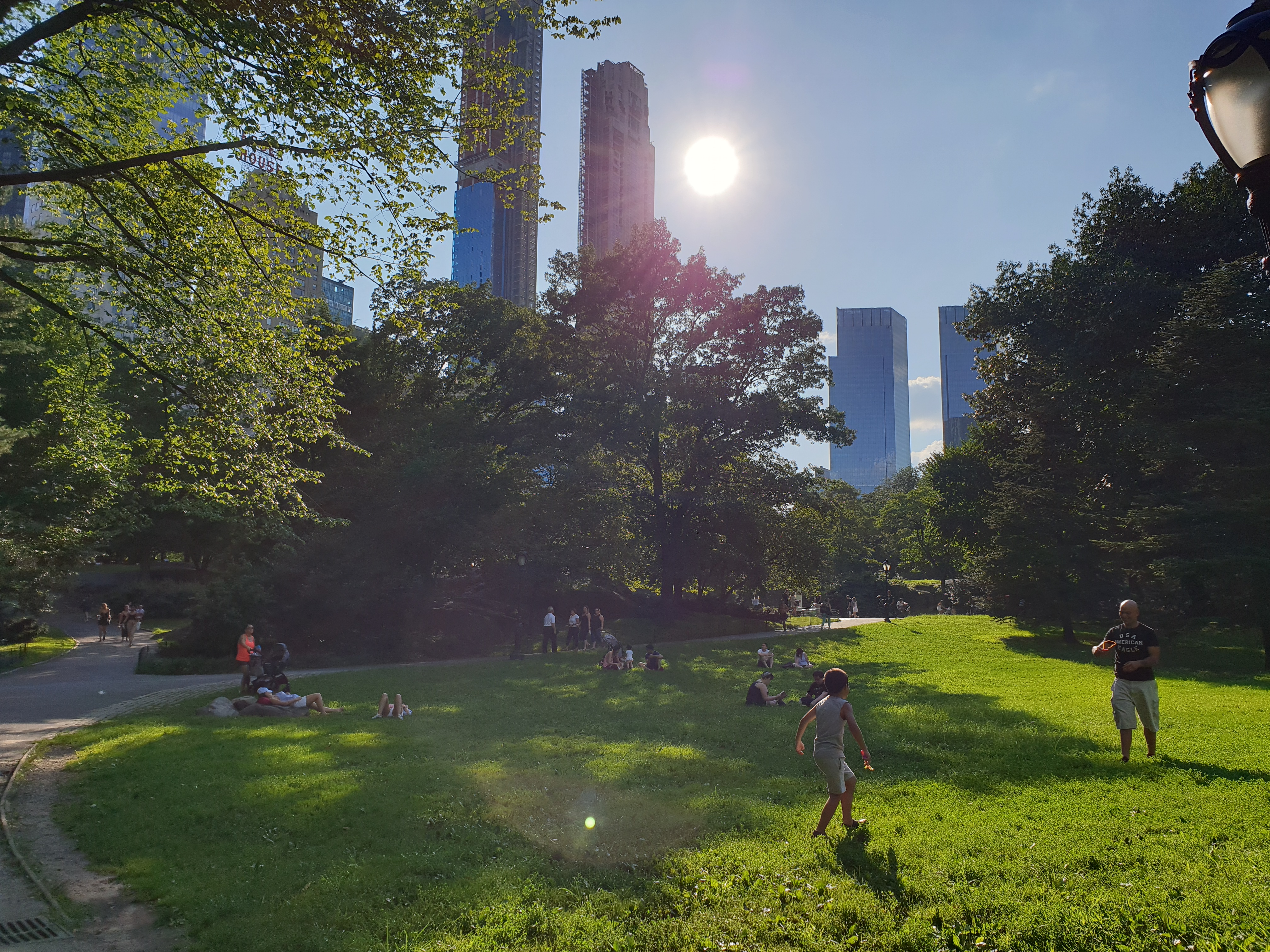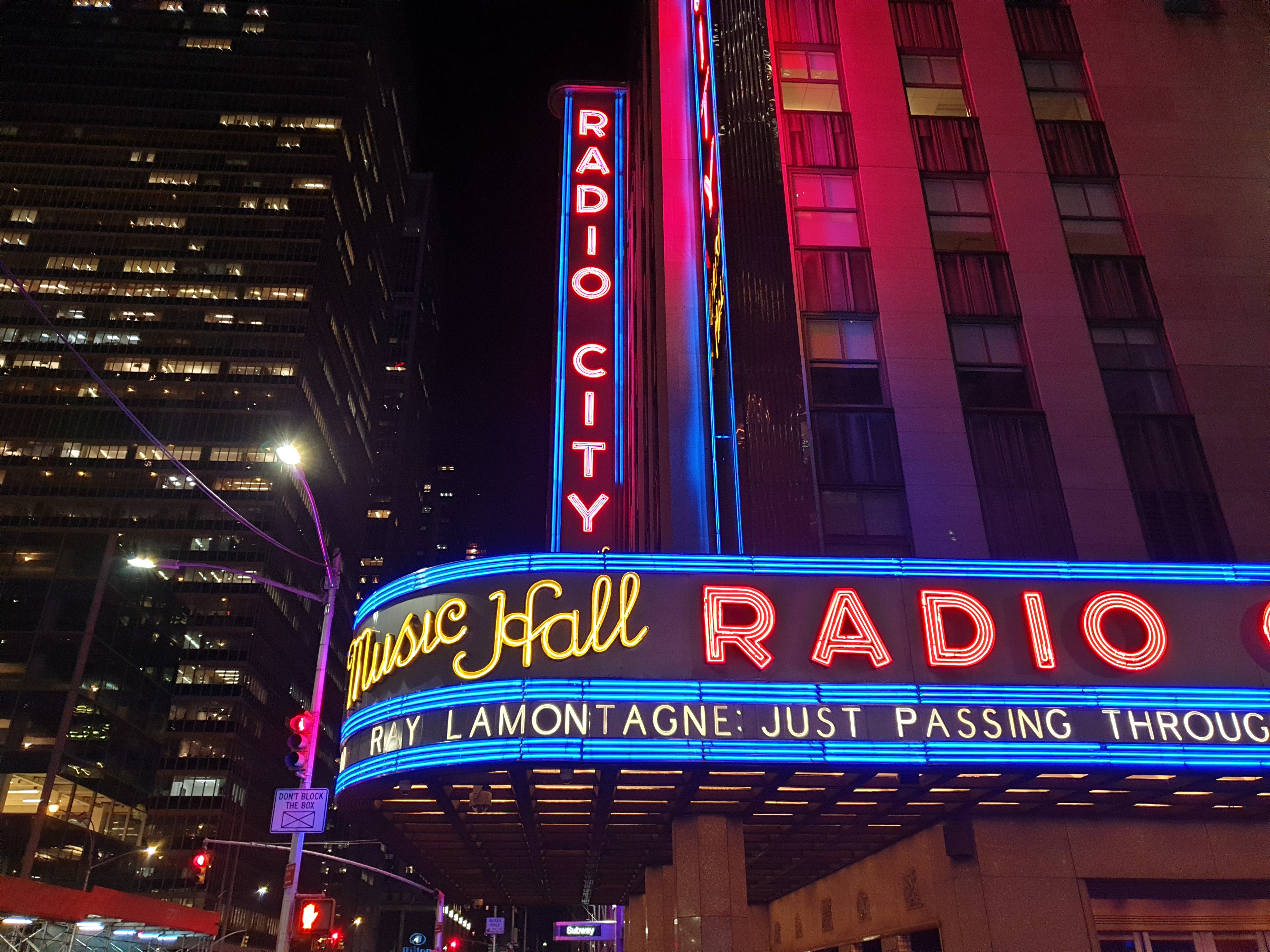Three days with the Samsung Galaxy Note 9: here’s what we think so far
Using the Galaxy Note 9 as our daily driver

“It’s not easy every year” said DJ Koh, President & CEO Samsung’s Mobile division at the launch of the Galaxy Note 9. He was speaking about pushing the boundaries on flagship phones and spending a few days with the Galaxy Note 9, we can understand why he said that.
Similar to the Galaxy S9 update earlier in the year, the Galaxy Note 9 builds upon its predecessor, addressing all of its shortcomings. It looks almost identical to the Note 8 which means that it’s still a massive phone with a gorgeous screen and a stylus but Samsung has replaced the innards and given the battery life a much needed boost.
While the Galaxy Note 9 doesn’t go on sale until the 24th of August, we’ve been using it as our daily driver for the last three days. You’ll have to wait for our full review to find out how it compares to other phones, but here’s what we think of it so far.
This looks familiar...
Not much has changed between Note 8 and the Note 9 as far as the design is concerned. The Galaxy Note 9 is slightly shorter and wider than last year's model as well as a tad bit thicker and heavier but you’d be hard pressed to tell the difference.
It measures 161.9 x 76.4 x 8.8 and weighs 201g meaning it’s strictly a two handed device unless you have very large hands. The metallic frame around the Galaxy Note 9 is now diamond cut and gives the phone sharper edges. It's a subtle but noticeable improvement and we're really liking how the Note 9 feels in your hands.

Samsung has shaved the bezels slightly and along with the wider width, the Galaxy Note 9 has a larger 6.4-inch screen compared to Note 8's 6.3-inch screen. Unless you put both these phones side-by-side, you're not going to notice the increased screen space.
The fingerprint sensor on the back has been moved below the dual cameras which is a much better position that being placed next to them. That being said, this is still a large phone and it may still be a bit high for some people.
Sign up for breaking news, reviews, opinion, top tech deals, and more.
Sexy specs and a new S Pen
The Samsung Galaxy Note 9 we tested came equipped with an Exynos 9810 chipset that's also present on the Galaxy S9. Coupled with 6GB RAM, this makes the Note 9 fly when launching, running or switching between apps. For power users, Samsung is also releasing a version with 8GB RAM and 512GB storage.
Network performance has also been improved on the Galaxy Note 9 to support 1.2Gbps LTE speeds though we couldn't find a network that's fast enough to support such speeds.

With the Galaxy Note 9, Samsung builds upon the stylus by equipping it with a low powered Bluetooth module and a rechargeable battery that can give you half an hour's usage on a 40 second charge.
That allows you to use the S Pen to control presentations or the camera to take pictures and switch between front and back lenses. Honestly speaking, we don't see much value in that but Samsung is also releasing an SDK for app developers. It would be interesting to see where this goes- we'd love to see games along the lines of Nintendo DS.
Also worth mentioning is that you can continue using the S Pen as a passive device without using the battery, i.e, very much like the S Pen on the Note 8. You'll only need that charge when you start using the Bluetooth functionality.
A battery that's supposed to last long
Samsung is claiming an all day battery life with the Galaxy Note 9 by bundling its largest ever on a Note device. With a capacity of 4,000mAh the Note 9 has a 20% larger battery than its predecessor.
The first three days of using the Note 9 have been erratic in terms of battery life, which is somewhat expected with a new phone. Downloading apps and setting them up with their data is intensive and takes a toll on the battery. We'll reserve our judgement on the battery in our full review.
Camera updates- its all about AI
The camera setup on the Galaxy Note 9 is the same dual camera module found on the Galaxy S9 Plus released earlier in the year. It’s in a horizontal orientation but you get the same 12MP primary sensor with dual aperture as well as the secondary 12MP fixed at 2X optical zoom.
Samsung has made tweaks to the software with scene recognition added to the camera app that can identify twenty scenarios and take better photos. We’ve seen this in other Android phones such as the Huawei P20 Pro. You can switch this off if you don’t like software tinkering with your photos.
Samsung has also added flaw detection which kicks in right after you’ve taken a photo and informs you if your shot was blurry or your subject’s eyes were closed. We tried testing this out but couldn't quite get it to work.
Here are some sample shots from the Galaxy Note 9's camera in different lighting conditions.










More testing to be done
On the surface the Samsung Galaxy Note 9 may appear to be an unexciting phone looking very much like the handset it's replacing, but it's more complex than that. Even though it's not bringing anything revolutionary with it, the Note 9 is shaping up to be the best Android phone currently on the market.
We have a lot more testing to do before we publish our full review and we'll continue pushing the phone but for more, check out our Galaxy Note 9 hands on.

Abbas has been living and breathing tech before phones became smart or clouds started storing data. It all started when he got his very first computer- the Sinclair ZX Spectrum. From computers to mobile phones and watches, Abbas is always interested in tech that is smarter and smaller because he believes that tech shouldn’t be something that gets added to your life- it should be a part of your life.